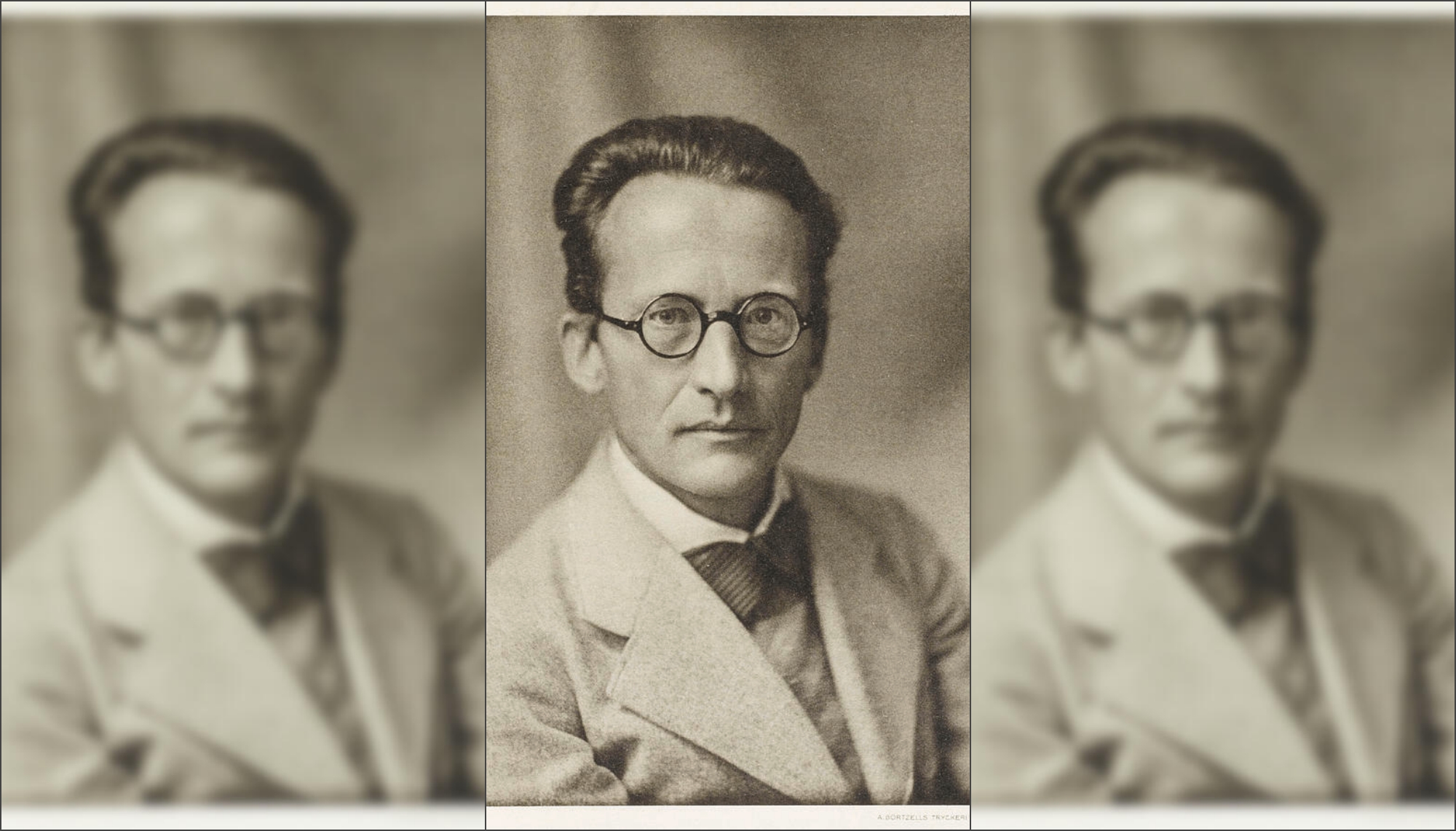

Both modes produce viable hypotheses, good database enrichments, and a diverse set of retrieved hits.Į-Pharmacophores have been shown to retrieve a more diverse set of actives than traditional structure-based pharmacophore methods, making it a powerful tool for lead hopping. Fragment-mode will generate e-Pharmacophores from the energetically selected sites of docked fragment in cases where experimental information is unavailable. Single-mode is suited to generating e-Pharmacophores from the co-crystal or docked pose of a known ligand in the target receptor. Any other changes initiate a recalculation of the energy.The e-Pharmacophores method utilizes the Glide XP scoring function to accurately characterize protein-ligand interactions, resulting in improved database screening enrichments.Į-Pharmacophores allow for excluded volumes that correspond to regions of space that are occupied by the receptor. Note: If the energy value is changed, then the state is set to n=1 and the box dimension L is calculated. ** Classical radius of proton calculated using the nominal nuclear density of 2.3x10 17kg/m 3 The ground state for the three-dimensional box would beE 3D ground = x 10^ joules = eV = MeV = GeV. Erwin Rudolf Josef Alexander Schrdinger (12 August 1887 4 January 1961) was an Austrian physicist, one of the founders of quantum theory, and winner of. The ground state of a three-dimensional box of dimension L can be obtained by setting n=1 for all three dimensions, giving an energy three times the ground state energy of the one-dimensional box. Then the energy for state n = for a one-dimensional box is The conference call can be accessed live by dialing (833. L = x 10^ m = a 0 = fermi* = proton radii**,Īnd mass = x 10^ kg = m e = m p = MeV/c 2, Schrödinger will host a conference call to discuss its second quarter financial results on Thursday, August 12, 2021, at 8:30 a.m. The implication of that addition is that it takes more energy to confine a particle in three dimensions than in one, and that the minimum confinement energy for a 3D box of dimension L is three times that of a 1D box. The energies for each dimension could be calculated and added.

For a three-dimensional box there will be three values for the quantum number n. This expression is used in determining the density of possible energy states for electrons in solids.Įxample of required energy to confine particlesįor a one-dimensional particle in a box, the particle energy for a box of dimension L can be calculated below. This gives a more physically realistic expression for the available energies for contained particles. The energies for a three-dimensional box are

If a particle is confined into a rectangular volume, the same kind of process can be applied to a three-dimensional "particle in a box", and the same kind of energy contribution is made from each dimension. The smaller the confinement, the larger the energy required. The energies are quantized and can be characterized by a quantum number nģ. Though oversimplified, this indicates some important things about bound states for particles:ġ. Is used to calculate the energy associated with the particle When the momentum expression for the particle in a box When this is substituted into the DeBroglie relationship it yields momentum The wavefunction must be zero at the walls and the solution for the wavefunction yields just sine waves.Īnd the higher modes have wavelengths given by The idealized situation of a particle in a boxwith infinitely high walls is an application of the Schrodinger equation which yields some insights into particle confinement. Classical harmonic oscillatorįree particle approach to the Schrodinger equation The Schrodinger equation gives the quantized energies of the system and gives the form of the wavefunction so that other properties may be calculated. The kinetic and potential energies are transformed into the Hamiltonian which acts upon the wavefunction to generate the evolution of the wavefunction in time and space. Schrdinger (58) came up with his equation (0.1) ' (A + V(x)) V(t, x), which may well be. The detailed outcome is not strictly determined, but given a large number of events, the Schrodinger equation will predict the distribution of results. The mathematical ground was therefore well prepared, when E. It is a wave equation in terms of the wavefunction which predicts analytically and precisely the probability of events or outcome. The Schrodinger equation plays the role of Newton's laws and conservation of energy in classical mechanics - i.e., it predicts the future behavior of a dynamic system. Schrodinger equation Schrodinger Equation


 0 kommentar(er)
0 kommentar(er)
